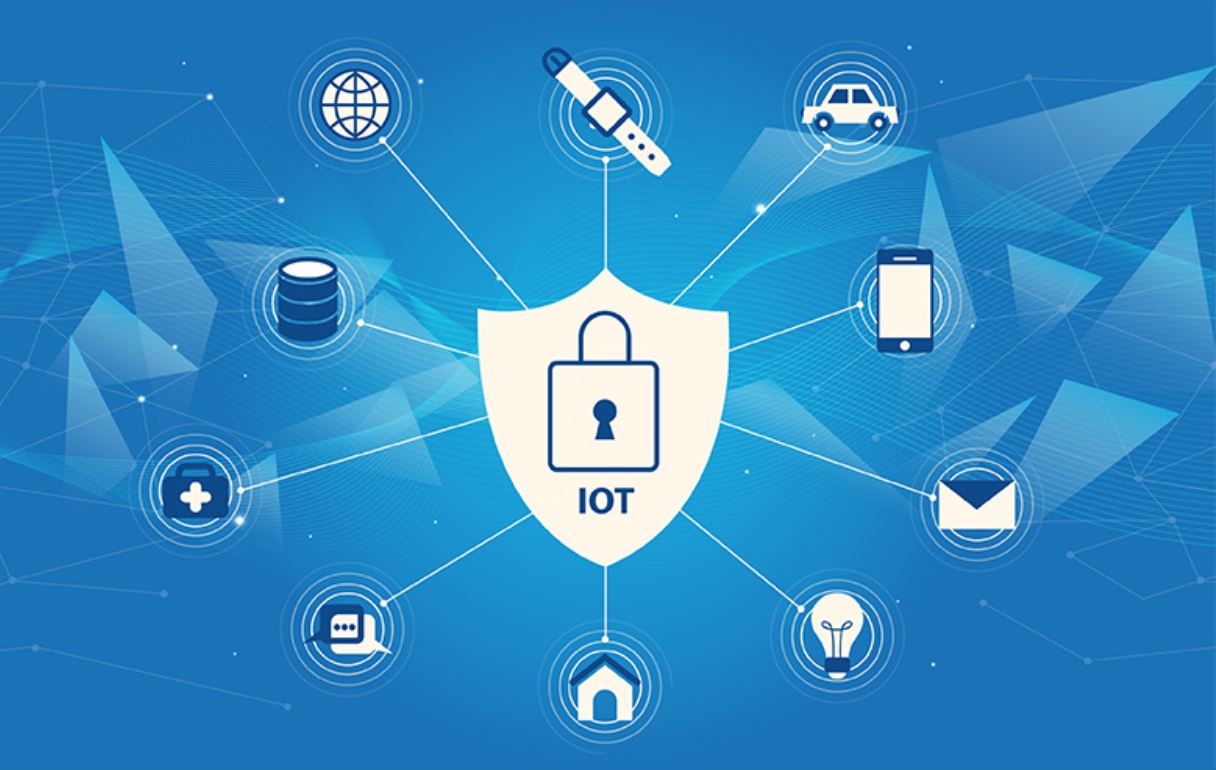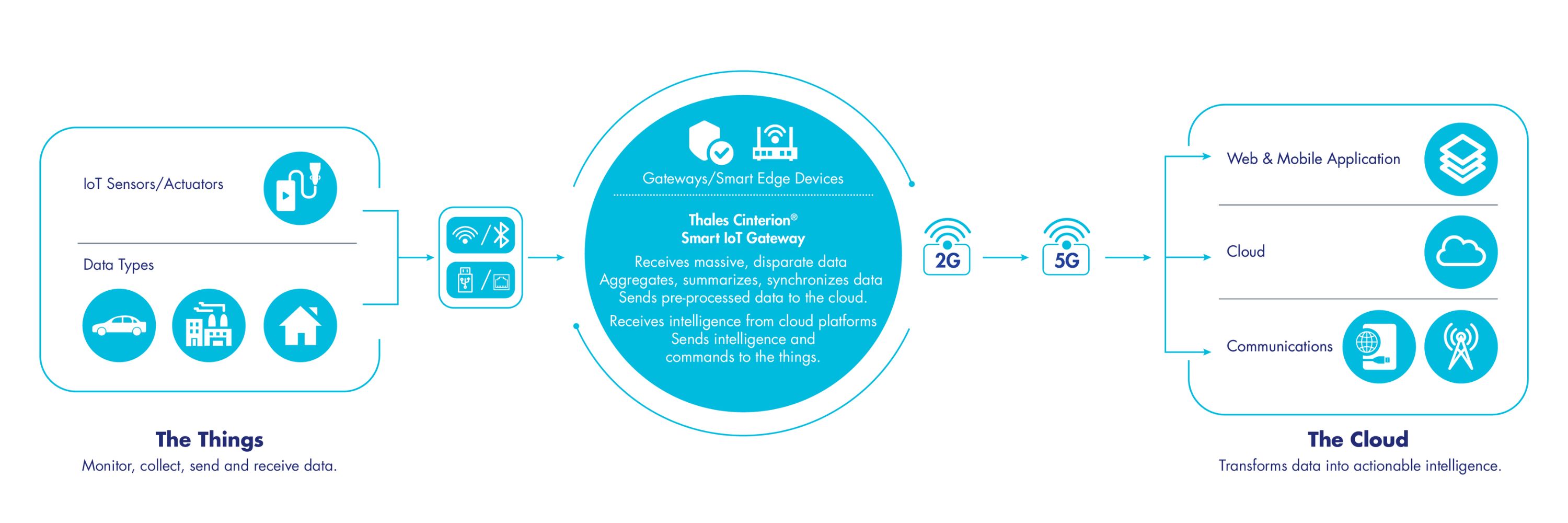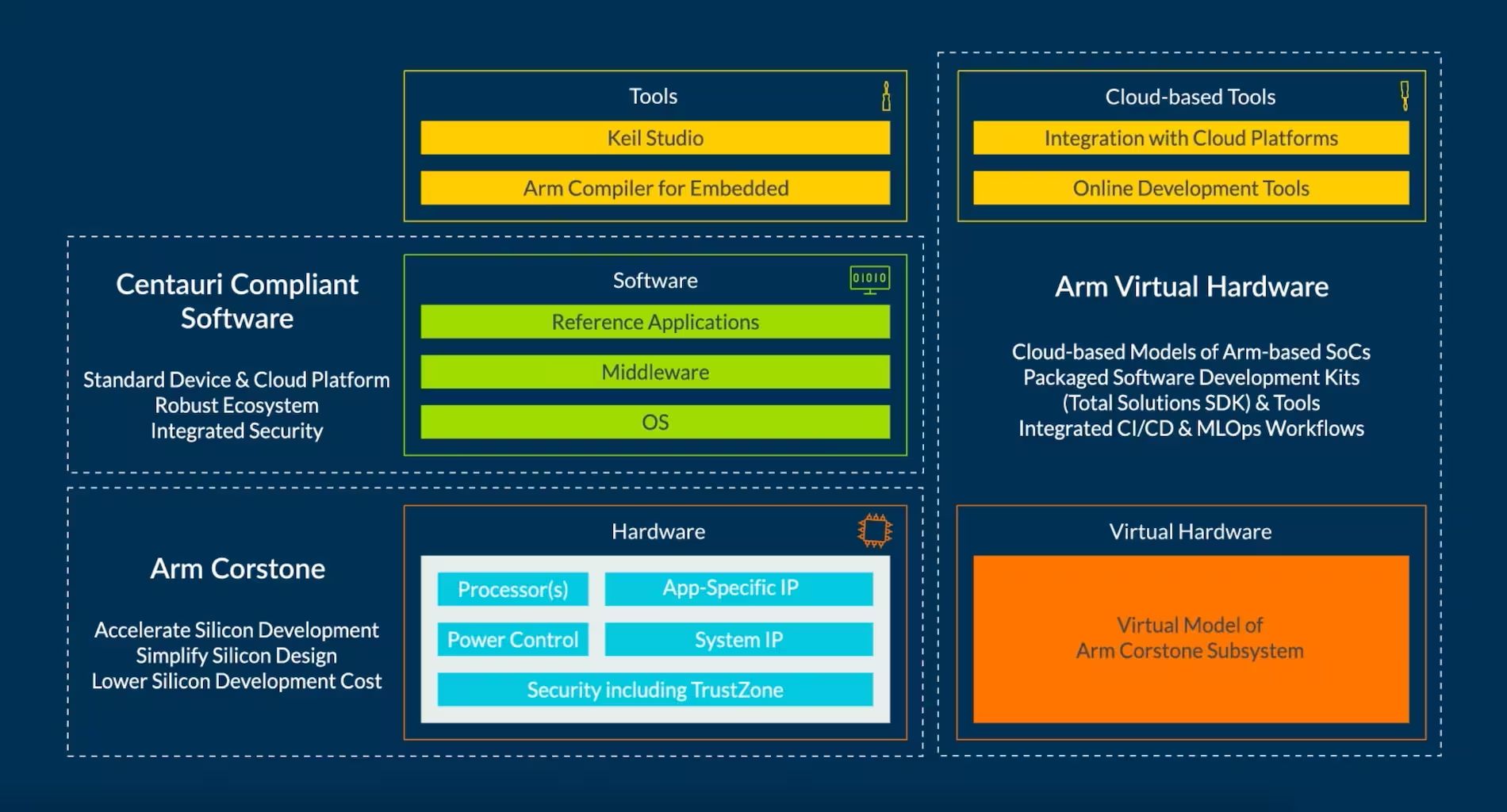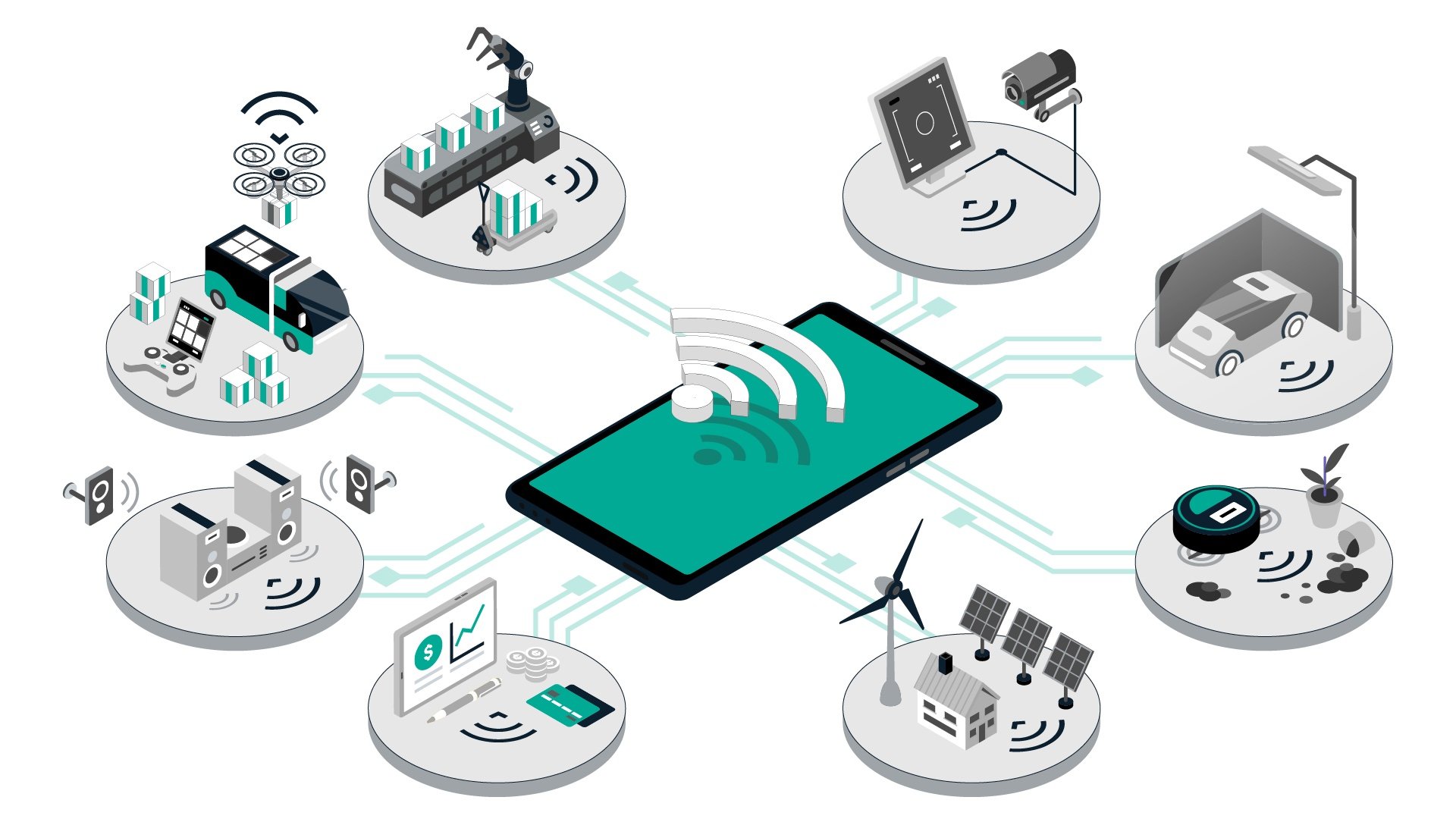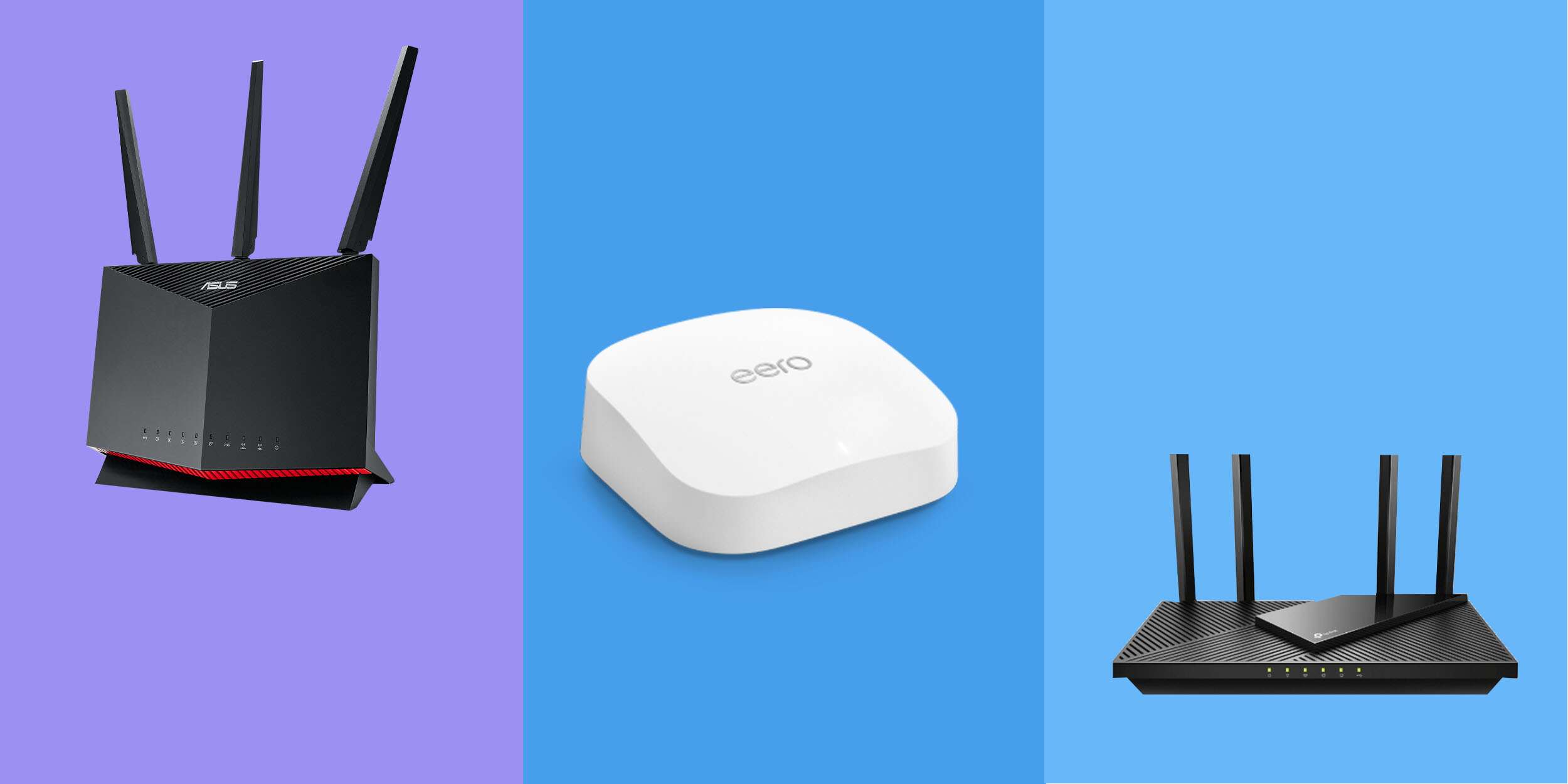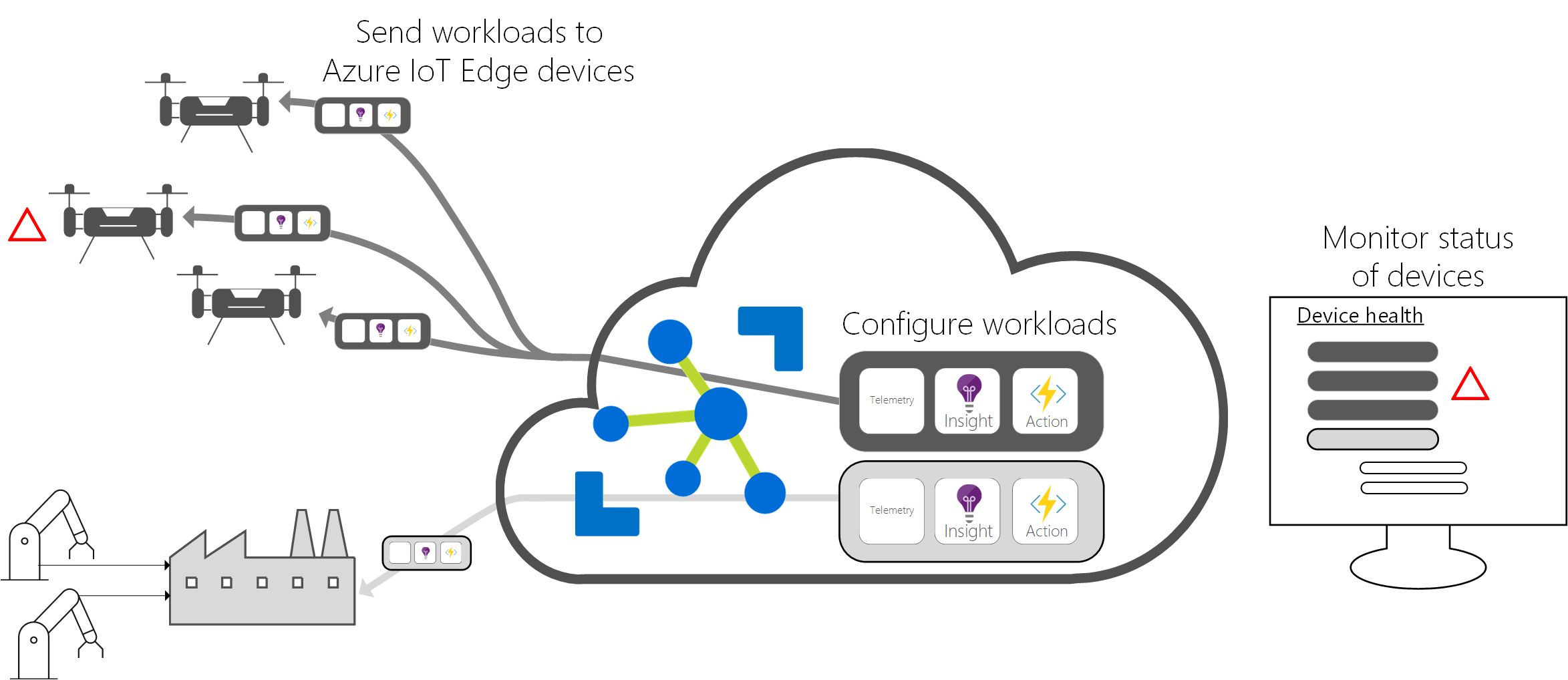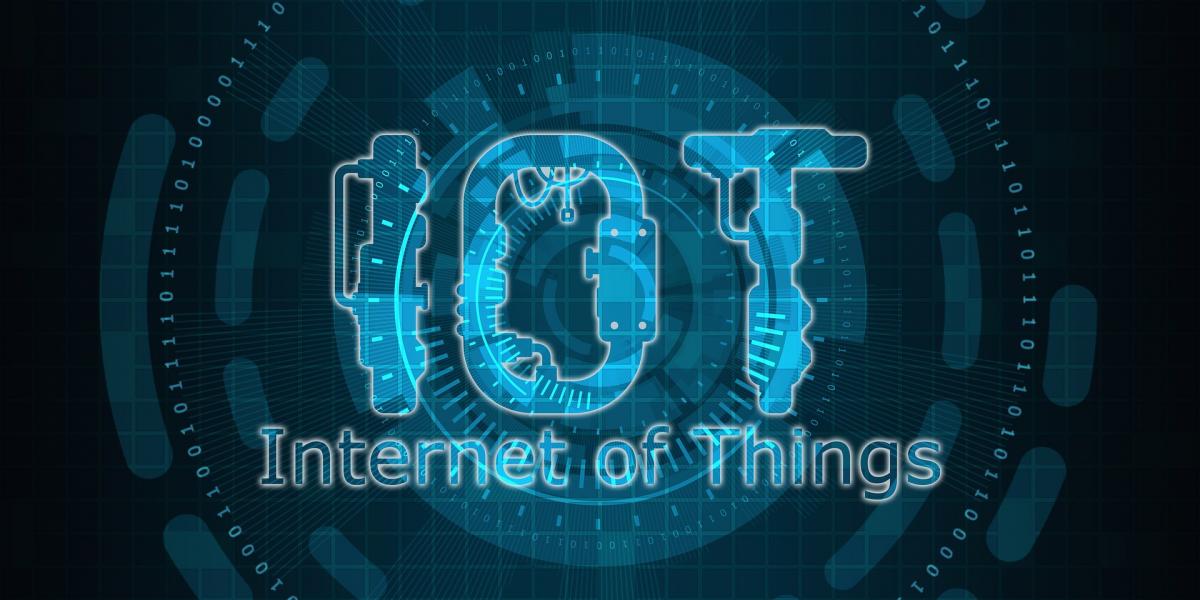Introduction
Welcome to the world of IoT gateways, where the connection between physical devices and the digital world comes to life. The Internet of Things (IoT) has revolutionized the way we interact with technology, enabling seamless communication and automation between devices. As the IoT ecosystem continues to expand, IoT gateways have emerged as a crucial component for managing and optimizing the flow of data between devices, cloud platforms, and networks.
IoT gateways act as a bridge between the local network of connected devices and the internet, allowing for the transfer of data in a secure and efficient manner. They play a vital role in aggregating, processing, and transmitting data, making it accessible to cloud platforms for analytics, monitoring, and decision-making.
In this article, we will delve into the intricacies of IoT gateways, exploring their definition, functionality, key features, benefits, types, and factors to consider when choosing the right gateway for your IoT deployment. We will also provide examples of popular IoT gateways available in the market, giving you a comprehensive understanding of how these devices can enhance the capabilities of your connected ecosystem.
Whether you are an IoT enthusiast, a developer, or a business owner looking to leverage the power of IoT, this article will serve as a valuable guide to understanding IoT gateways and their role in facilitating seamless communication between devices and the digital world.
What is IoT Gateway?
An IoT gateway is a hardware or software device that serves as a bridge between the IoT devices and the internet or local network. It acts as an intermediary, enabling communication, data aggregation, and protocol translation between the connected devices and the cloud platform or central server.
Think of an IoT gateway as a traffic cop that manages the flow of data between devices and the larger IoT ecosystem. It helps to streamline the communication process, ensuring that data is efficiently transmitted, processed, and secured.
The primary role of an IoT gateway is to collect data generated by IoT devices, such as sensors, smart meters, and cameras, and transmit it to a cloud platform or a central server for further analysis and decision-making. It can also send commands or instructions from the cloud platform back to the devices, enabling remote monitoring and control.
Furthermore, an IoT gateway plays a crucial role in ensuring the security and privacy of the data flowing within the IoT network. It can implement encryption, firewall, and authentication mechanisms to protect sensitive information from unauthorized access.
IoT gateways also facilitate protocol translation, allowing devices that use different communication protocols to interoperate seamlessly. For example, an IoT gateway can translate data from devices that use Zigbee, Bluetooth, or Wi-Fi protocols into a common protocol that the cloud platform understands.
Overall, an IoT gateway acts as a central hub, providing connectivity, data management, and security features to IoT networks. It acts as a critical piece of infrastructure that enables the effective deployment and operation of IoT solutions.
How Does an IoT Gateway Work?
An IoT gateway works by establishing a connection between IoT devices and the cloud platform or central server. It collects data from the connected devices, processes it, and sends it to the designated destination.
Here is a step-by-step breakdown of how an IoT gateway works:
- Data Acquisition: The IoT gateway connects to various local devices, such as sensors, actuators, and smart devices, through wired or wireless connections. It collects data from these devices, which can include temperature readings, motion data, environmental conditions, and more.
- Data Processing: Once the data is acquired, the IoT gateway performs data processing tasks. This can include data filtering, aggregation, and transformation. The gateway may also perform basic analytics, such as data averaging or outlier detection, to provide immediate insights.
- Protocol Translation: IoT devices often use different communication protocols, such as Zigbee, Z-Wave, or MQTT. The IoT gateway acts as a mediator between devices with different protocols, translating the data into a common format that can be easily understood by the cloud platform or central server.
- Secure Communication: Security is a critical aspect of IoT deployments. The IoT gateway ensures secure communication between devices and the cloud platform by implementing protocols like SSL/TLS encryption, authentication mechanisms, and firewall protection, guarding against potential cyber threats.
- Data Transmission: After processing and securing the data, the IoT gateway transmits it to the appropriate destination, which can be a cloud-based platform, a local server, or a combination of both. This allows the data to be analyzed, visualized, and utilized for real-time monitoring, predictive analytics, or decision-making purposes.
- Device Management: An IoT gateway can also play a role in managing the connected devices. It can monitor device status, perform firmware updates, troubleshoot issues, and enable remote control and configuration of the devices.
By performing these functions, an IoT gateway acts as a powerful intermediary device that enables seamless communication, data management, and security within an IoT network. It serves as a vital component in enabling the development and implementation of innovative IoT solutions across various industries.
Features of an IoT Gateway
An IoT gateway comes with several features that enhance its functionality and usability within an IoT ecosystem. These features are designed to facilitate seamless data communication, efficient processing, and robust security measures. Here are some key features of an IoT gateway:
- Connectivity: An IoT gateway supports multiple connectivity options, including Wi-Fi, Ethernet, cellular, and Bluetooth. This ensures compatibility with a wide range of devices and enables flexible deployment in various environments.
- Data Processing and Analytics: IoT gateways are equipped with processing capabilities to perform data filtering, aggregation, and basic analytics. This allows for real-time insights and faster decision-making at the edge of the network.
- Protocol Support: An IoT gateway supports multiple communication protocols, such as Zigbee, Z-Wave, MQTT, and RESTful APIs. This enables seamless integration with devices that use different protocols, allowing for interoperability and easy communication.
- Security: IoT gateways incorporate robust security measures to protect sensitive data and ensure the integrity of the IoT network. This includes encryption, authentication mechanisms, secure boot, and firewall protection to safeguard against unauthorized access and potential cyber threats.
- Edge Computing: Some IoT gateways are equipped with edge computing capabilities, allowing for data processing and analytics to be performed locally. This reduces latency and enables real-time decision-making without relying solely on cloud platforms.
- Modularity and Scalability: IoT gateways are designed to be modular, allowing for the addition of specific features or connectivity options as needed. This provides scalability and future-proofing for evolving IoT deployments.
- Remote Management: Many IoT gateways offer remote management capabilities, allowing administrators to monitor and manage devices, perform firmware updates, and troubleshoot issues remotely. This simplifies device management and reduces maintenance efforts.
These features collectively make IoT gateways a vital component of an IoT deployment. They enable efficient data communication, processing, and security, ensuring seamless integration of diverse devices and enhancing the overall reliability and performance of the IoT ecosystem.
Benefits of Using an IoT Gateway
An IoT gateway offers numerous benefits that enhance the functionality and efficiency of an IoT ecosystem. Whether you are a business owner, a developer, or an end-user, here are some key benefits of using an IoT gateway:
- Data Aggregation and Management: An IoT gateway allows for centralized data collection and management. It aggregates data from multiple devices, making it easier to analyze, monitor, and extract meaningful insights from the collected information.
- Protocol Translation and Compatibility: IoT gateways enable interoperability between devices that use different communication protocols. They act as a bridge, translating data between various protocols, ensuring seamless communication and compatibility within the IoT network.
- Improved Security: IoT gateways play a crucial role in ensuring the security of IoT deployments. They implement encryption, authentication mechanisms, and firewall protection to safeguard sensitive data and protect against potential cyber threats.
- Reduced Latency: By performing data processing and analytics at the edge of the network, IoT gateways reduce latency and enable real-time decision-making. This is particularly useful in applications where immediate responses are critical, such as industrial automation or remote monitoring.
- Edge Computing Capabilities: Some IoT gateways are equipped with edge computing capabilities, enabling data processing and analytics to be performed locally. This reduces dependence on cloud platforms, improves response times, and lowers bandwidth requirements.
- Scalability and Flexibility: IoT gateways are designed to be modular and scalable, allowing for easy expansion and integration of new devices. This flexibility ensures that the IoT ecosystem can adapt and evolve as business requirements change.
- Cost Optimization: IoT gateways help optimize costs by reducing the amount of data that needs to be transmitted to the cloud. By performing data filtering and aggregation at the edge, they minimize bandwidth usage, storage requirements, and cloud processing costs.
- Remote Management and Monitoring: Many IoT gateways offer remote management capabilities, allowing for easy monitoring, control, and troubleshooting of connected devices. This simplifies device management and reduces maintenance efforts.
These benefits highlight the importance of incorporating an IoT gateway into your IoT deployment. By leveraging the capabilities of an IoT gateway, you can maximize the efficiency, security, and performance of your IoT ecosystem, enabling you to unlock new opportunities and drive innovation in your industry.
Types of IoT Gateways
IoT gateways come in various types and configurations, each designed to cater to specific needs and requirements of diverse IoT deployments. Here are some common types of IoT gateways:
- Hardware Gateways: Hardware IoT gateways are standalone devices that are specifically built to handle the communication, data processing, and security tasks of an IoT deployment. They usually come with multiple connectivity options and are capable of performing edge computing.
- Software Gateways: Software IoT gateways, also known as virtual gateways, are software applications that can be installed on existing hardware devices, such as routers or servers. They provide similar functionalities as hardware gateways, but without the need for dedicated hardware.
- Cloud Gateways: Cloud IoT gateways, as the name suggests, are gateways that operate as a service in the cloud. They provide connectivity, data processing, and security features, allowing for seamless integration between cloud platforms and IoT devices.
- Edge Gateways: Edge IoT gateways are specifically designed to perform data processing, analytics, and decision-making tasks at the edge of the network. They enable real-time insights and reduce latency by minimizing the reliance on cloud platforms for data processing.
- Industrial Gateways: Industrial IoT gateways are designed to meet the specific requirements of industrial environments. They often feature ruggedized designs, support for industrial protocols, and robust security measures to ensure reliable and secure connectivity in harsh conditions.
- Residential Gateways: Residential IoT gateways are targeted towards home automation and smart home applications. They provide connectivity and control over various smart devices within a household, allowing for seamless integration and management of IoT devices.
It’s important to understand the specific requirements and challenges of your IoT deployment to determine the most suitable type of IoT gateway. Depending on factors such as connectivity needs, processing capabilities, scalability, and security requirements, you can choose the type of IoT gateway that best aligns with your project goals.
Factors to Consider When Choosing an IoT Gateway
Choosing the right IoT gateway is crucial for the success of your IoT deployment. With a wide range of options available, it is important to consider several factors that will influence the effectiveness and suitability of the gateway for your specific needs. Here are some key factors to consider when choosing an IoT gateway:
- Connectivity Options: Evaluate the connectivity options supported by the IoT gateway. Ensure that it can support the communication protocols and technologies required by your IoT devices, such as Wi-Fi, Ethernet, cellular, or Bluetooth.
- Data Processing Capabilities: Assess the processing power and capabilities of the IoT gateway. Determine if it can handle the required data processing tasks, such as data filtering, aggregation, or advanced analytics, based on the complexity and volume of data generated by your IoT devices.
- Security Features: Security is paramount in any IoT deployment. Look for IoT gateways that offer robust security features such as encryption, secure boot, authentication mechanisms, and firewall protection to safeguard your data and protect against cyber threats.
- Scalability and Flexibility: Consider the scalability and flexibility of the IoT gateway. Ensure that it can accommodate the future growth of your IoT ecosystem and allow for easy integration of new devices or technologies as your needs evolve.
- Edge Computing Capabilities: If real-time processing or low-latency response is critical for your application, consider an IoT gateway with edge computing capabilities. This allows for local data processing at the edge of the network, reducing reliance on the cloud and enhancing overall system performance.
- Compatibility with Existing Infrastructure: Evaluate whether the IoT gateway can seamlessly integrate with your existing infrastructure, including cloud platforms, databases, or other hardware devices. Compatibility ensures smooth deployment and reduces integration complexities.
- Management and Monitoring: Consider the ease of management and monitoring offered by the IoT gateway. Look for features such as remote monitoring, firmware updates, and centralized device management capabilities to simplify maintenance and support tasks.
- Total Cost of Ownership: Assess the overall cost of owning and maintaining the IoT gateway. Consider factors such as the initial cost, ongoing maintenance expenses, and any additional licensing or subscription fees associated with the gateway.
By carefully considering these factors, you can select an IoT gateway that aligns with your specific requirements, ensuring a seamless and efficient integration of your IoT devices and maximizing the potential of your IoT deployment.
Examples of IoT Gateways in the Market
The market is flooded with a variety of IoT gateways, each offering unique features and capabilities to cater to different IoT deployment scenarios. Here are a few examples of popular IoT gateways available in the market:
- Intel NUC Gateway: The Intel NUC Gateway is a compact and powerful IoT gateway solution. It offers various connectivity options, including Wi-Fi, Ethernet, and Bluetooth, and supports edge computing capabilities, making it suitable for real-time data processing at the edge of the network.
- Microsoft Azure IoT Edge: Azure IoT Edge is a cloud-based IoT gateway solution provided by Microsoft. It enables data processing, analytics, and machine learning at the edge, allowing for real-time insights and reduced dependence on cloud resources.
- Sierra Wireless AirLink RV50X: The Sierra Wireless AirLink RV50X is an industrial-grade IoT gateway designed for rugged environments. It offers multiple connectivity options, advanced security features, and is capable of supporting industrial protocols, making it ideal for industrial IoT deployments.
- Cisco IR829 Industrial Integrated Services Router: The Cisco IR829 is a versatile IoT gateway designed for industrial applications. It combines robust connectivity options, including cellular, Ethernet, and Wi-Fi, with advanced security features and edge computing capabilities, enabling reliable and secure data management in demanding environments.
- Advantech WISE-3310: The Advantech WISE-3310 is a scalable and compact IoT gateway designed for various IoT applications. It supports multiple communication protocols, offers advanced security measures, and provides edge computing capabilities, making it suitable for a wide range of industries and use cases.
These examples represent just a fraction of the IoT gateways available in the market. When selecting an IoT gateway, it is essential to thoroughly evaluate the specific requirements of your IoT deployment and compare different options based on their features, compatibility, scalability, and cost-effectiveness.
It is always recommended to consult with IoT experts, evaluate use case-specific requirements, and conduct a comprehensive vendor analysis to ensure that the chosen IoT gateway aligns with your organization’s goals and supports the seamless integration and management of your IoT devices.
Conclusion
The evolution of IoT has paved the way for a connected world, where devices communicate and collaborate to enhance our daily lives and transform industries. IoT gateways play a crucial role in enabling seamless connectivity, data management, and security within an IoT ecosystem.
In this article, we have explored the definition and functionality of IoT gateways, highlighting their role as a bridge between IoT devices and the digital world. We have discussed the features and benefits of using an IoT gateway, such as data aggregation, protocol translation, improved security, reduced latency, and scalability.
Furthermore, we touched on the different types of IoT gateways available, including hardware gateways, software gateways, cloud gateways, edge gateways, industrial gateways, and residential gateways. Each type has its own strengths and suitability for specific deployment scenarios.
When choosing an IoT gateway, it is important to consider factors such as connectivity options, data processing capabilities, security features, scalability, compatibility, and total cost of ownership. By carefully evaluating these factors, you can select an IoT gateway that meets your specific requirements and ensures the success of your IoT deployment.
Finally, we provided examples of popular IoT gateways in the market, representing a range of solutions that cater to various industries and use cases. However, it is important to conduct thorough research, consult with experts, and assess use case-specific requirements before making a final decision.
In conclusion, IoT gateways are an essential component of any IoT deployment, enabling efficient communication, data management, and security. By harnessing the power of IoT gateways, businesses and individuals can unlock the full potential of IoT, driving innovation, improving efficiency, and transforming the way we interact with technology.







